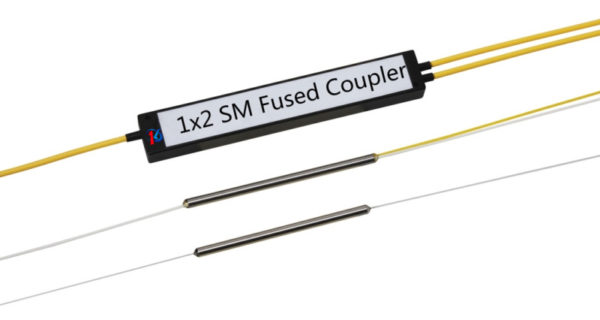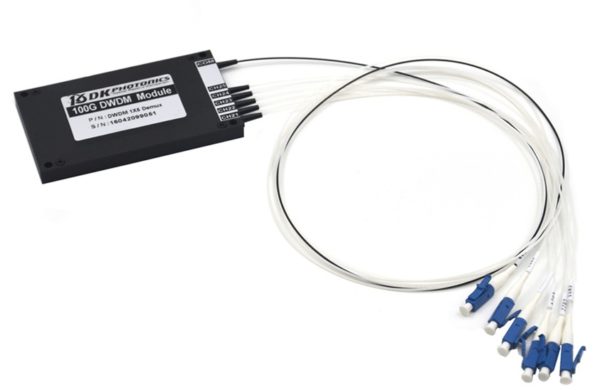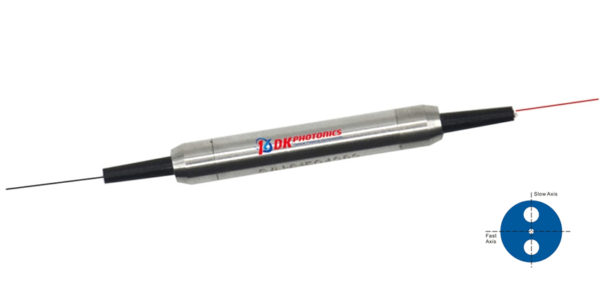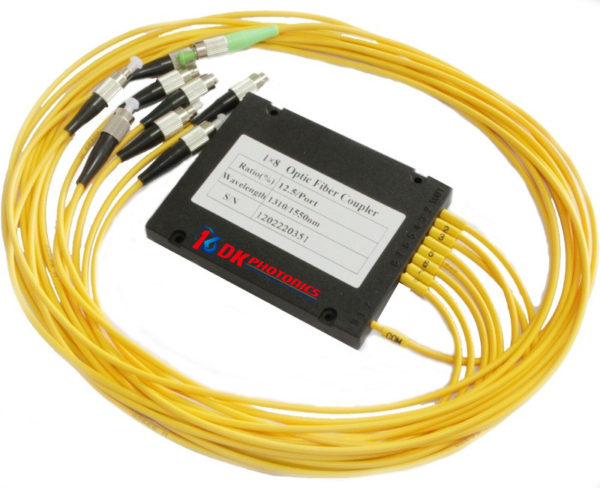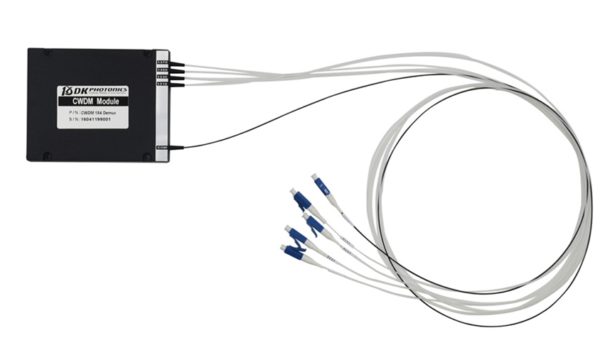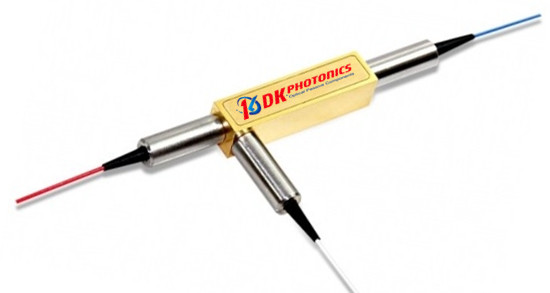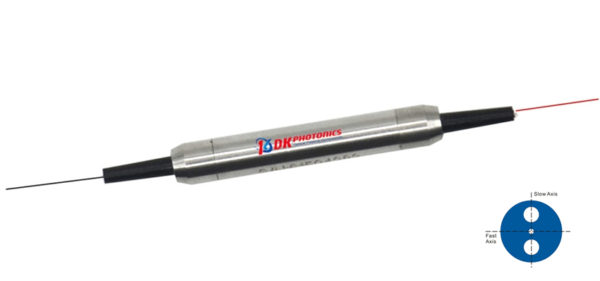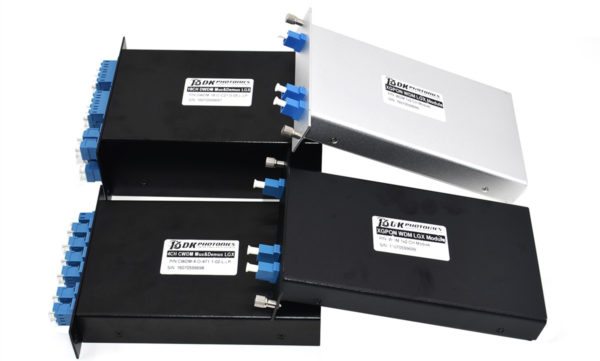Polarization-maintaining fused couplers are basically the components used to combine optical signals from two or more fibers into one fiber or to split optical signals between two or more fibers. They are made by fusing and tapering the polarization maintaining fibers together because it creates a simple, rugged and compact method of splitting or combining optical signals.
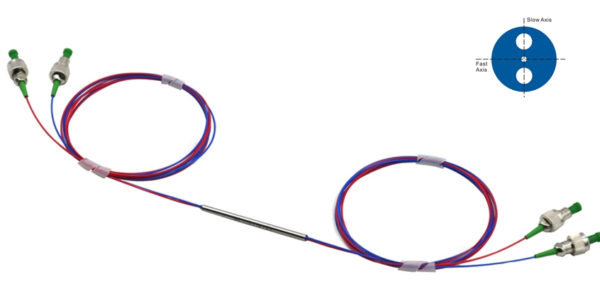
Generally, typical excess losses are as low as 0.2 dB, while split ratio tolerances vary between the range ±5% to ±0.5% at design wavelengths, based on the splitting ratio. These devices are bidirectional and offer low back reflection and insertion losses. Since they also function to split the signals, they are also widely called PM fused splitters.
Before checking options, let’s take a brief look at their features and applications.
Features of PM Fused Couplers
- Low loss
- Broad bandwidth
- Excellent uniformity
- High directivity
- Compact design
- Low cost
- Available in a wide variety of wavelengths
Applications of PM Fused Couplers
- Power Monitoring
- Fiber Gyroscopes
- Optical Amplifiers
- Fiber lasers
- Coherent communications
Configurations, Availability, and Customization
Standard configurations are 1×2, 2×2, 1×3 (monolithic) and 1×4 (cascaded). A monolithic structure refers to that where all of the fibers are fused. On the contrary, a cascaded structure means that it combines several 2×2 splitters to produce a greater split count.
Various companies substitute a 2×2 coupler in place of a 1×2 coupler in the order, depending upon the availability because they can be used interchangeably without any issue. However, if you need greater split counts or different split ratios, it is always best to ask for the quotation by providing your customized specifications.
The fibers of fused couplers or splitters can be connectorized with all standard connectors such as FC, SC, ST, LC, etc. and imparted with finishes such as Super PC, Ultra PC, Angled PC [APC], etc.
PM fused couplers with a higher split ratio such as 10/90 and 5/95 are also readily available online. Such high split ratio is often requested by many customers to tap off a small amount of light for power monitoring. Reputed manufacturers use revolutionary technology to tap 1% to 3% of light in the fiber and directly couple it into the photodiode.
This helps in achieving minimal loss, high extinction ratio, and makes the device affordable. In general, companies use polarization maintaining fibers based on the PANDA fiber structure during manufacturing of PM components and patch cords. However, you can also request to use other PM fiber structures, for instance, bow tie.
If you are unable to find a PM fused coupler according to your specifications and requirements, there is no need to be disappointed as customization service is always available with experienced polarization maintaining fused coupler manufacturers. All you need to do is to make a request along with your specific needs.
